Mike Harris, the author of today’s blog post, is someone for whom I have a tremendous amount of respect. Actually, our career paths with Keap haven’t been all that different. We were hired around the same time, we’ve both run Infusionsoft University, and we both have logged the hours to call ourselves campaign experts. Mike has helped a lot of small businesses and I’m pumped that he’s taken the time to share some of his insight.

Confessions of a Campaign Expert: Compartmentalized Campaigns
Throughout my Keap career (going on 4 years) I’ve learned a lot about the campaign builder. It was a new tool when I was hired so I simultaneously learned the old legacy Follow-Up Sequences as well and the brand new Campaign Builder. I learned what worked well, and what didn’t, through my own experimentation as well as the experience of other customers.
One thing I noticed was that people seemed to try to cram as much as they could into a single campaign. I understood the reasoning behind it (to keep everything related in one spot) but what they ended up with was a giant spider web that looked more like a mess than a business process. Did they work? Sometimes. Did they break? Yes, quite often, and with a huge campaign it’s harder to find a breaking point.
So the solution: Compartmentalize Your Campaigns
Side note about myself: I have ADD and I get distracted easily. If there’s too much going on all at once, I find it hard to focus. This actually worked to my advantage when building campaigns or helping customers build theirs. I tried to keep things in smaller, intuitive chunks or compartments and found that it not only worked for me but for my customers as well.
When processes are separated at natural breaking points a couple things happen. The first is that things just tend to work better. Fewer moving pieces in a campaign usually leads to a more reliable and efficient campaign. So, try to exercise some restraint when you get a big idea. I’ll lay out how to break that campaign up a little later.
Another benefit of breaking campaigns up into more manageable chunks is that you start to see multiple uses for certain pieces. This means you won’t have to keep duplicating your work. You can just piggy-back off the work you’ve already done which not only saves you time but keeps your messaging and processes consistent.
So, how do you compartmentalize your campaigns, Mike? Well, I’m glad you asked.
- Look for natural points of separation.
- For instance, if you have a web form offering a free report and then guiding them towards a purchase, the purchase is a natural point of separation. The contact goes from prospect to client at that point. Our relationship has changed and, with it, communication should change, as well.
- Another point of separation is where a handoff occurs. Whether you are handing a task off to another employee or having a third-party plugin run an action, those can be good points to consider a separation of process.
- Just remember, if it feels like you shouldn’t be starting a new campaign at a certain point, don’t do it. Make sure the separation make sense to you and those you work with.
- Link the campaigns together
- There are only a couple campaign goal types that can link one campaign to another: tags and purchases are the two biggest ones. If you are not using Infusionsoft’s Ecommerce or integrating another solution, then tags become your primary option.
- Linking campaigns is easy. The first campaign will have an end goal of “Tag A” being applied. This will conclude that first campaign for the contact. Then, the second campaign will start with a tag applied goal that also looks for “Tag A” to be applied. So when a contact has “Tag A” applied to their record it will end the first campaign and start them in the second campaign.
- Recycle
- The key with this approach is not just to break everything up but to be able to reuse pieces of different processes. For instance, if you have a process that captures information then sends out a series of reminders, you may be able to reuse those reminders for another event. When you start to involve merging in custom fields, it really becomes easy to reuse these smaller campaigns. (Ex. “Don’t forget about your ~Contact.EventName~ on ~Event.Date~ at ~Event.Time~.”) Using a custom field to populate an event name turns it from a single-use campaign to a multi-use campaign.
- Another example of recycling a campaign is for fulfillment after a purchase. If you have ten lead capture campaigns all driving toward the purchase of a product, you wouldn’t want to build the fulfillment into each one of those campaigns; but if you conclude them all with the purchase of Product A, then you can trigger a single campaign that starts with purchasing Product A and consolidate all those different channels into one, streamlined process.
How about a demo? Here’s a campaign that needs to be broken up into smaller campaigns.
These steps may not feel particularly groundbreaking but it really helps to consider them when we get lost in the myopia of building the “perfect campaign”. We all tend to roll our eyes when someone mentions the phrase “work smarter not harder” but, in some cases, it really rings true.
Remember, Infusionsoft gets easier each time you log in. And hopefully these tips simplify things even further. Questions, comments, drop them below!

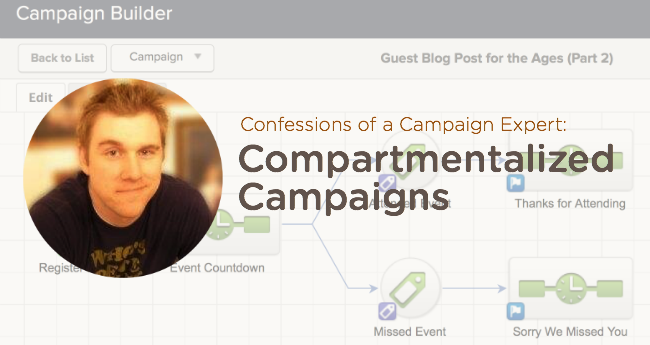


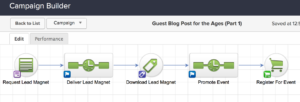
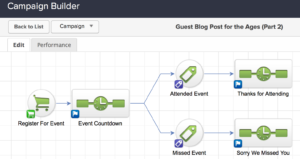
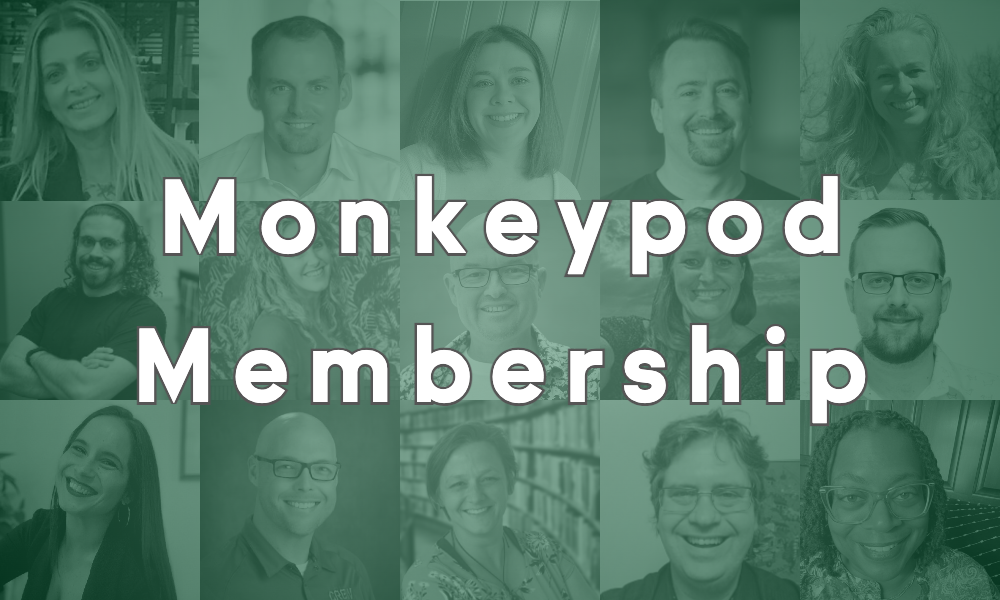

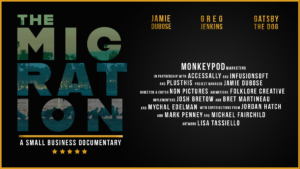
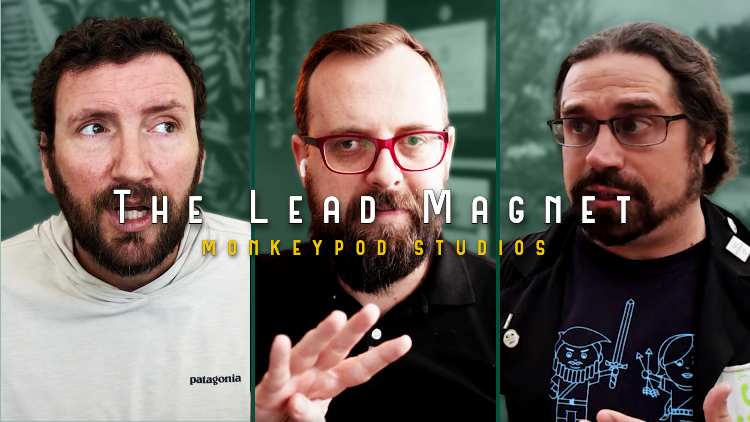
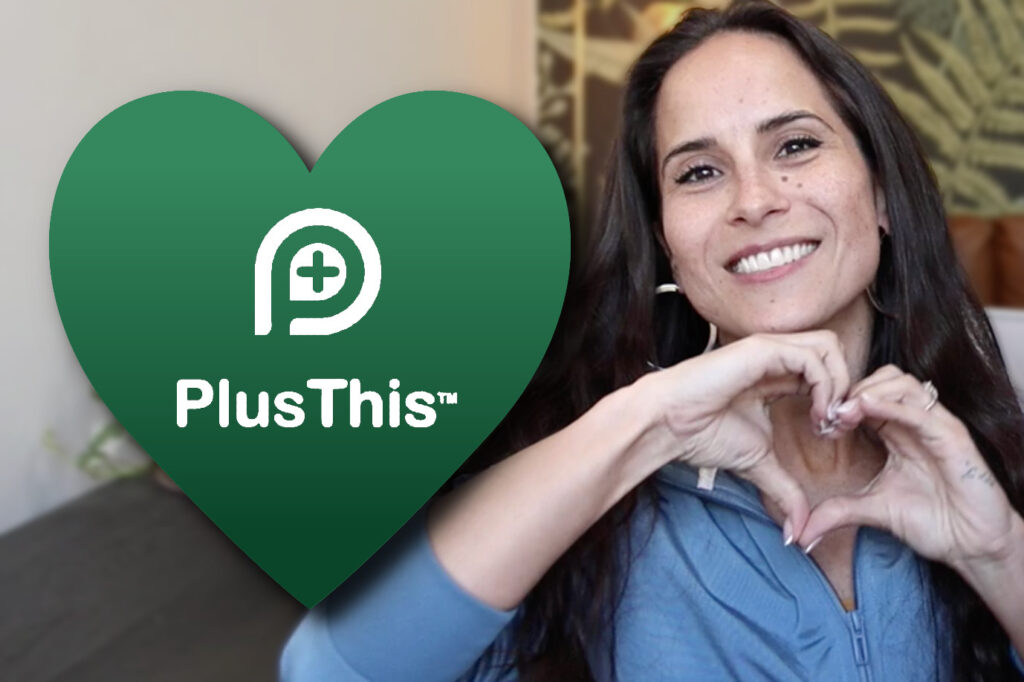
Great stuff, Mike. Thanks. I remember hearing Micah Mitchell from Memberium explain this approach almost like object oriented programming in coding, where you create distinct ‘chunks’ of functionality that can be swapped out/put together in different ways.
On a related note, I’m curious to know if you (or Greg) use any sort of spreadsheet system to keep track of all your individual campaigns, and maybe even some sort of system of how they interact with each other.
I can’t speak for Mike, but I use notes extensively to document when two campaigns are linked, or when a goal in one place ALSO fires a goal in another campaign.
Thanks, Greg. I’m a huge notes-user as well.
I typically rely on a good naming convention for campaigns so I can immediately see what’s related to what. Another awesome help inside the campaign builder is the notes tool. I’ve gotten into the habit of just dragging a notes box out whenever a process is a little fuzzy or if I know it connects to another campaign. Also, if a get a good idea but don’t have time to execute it, it’s a great tool to jot down thoughts in the campaign where they belong. If you can remember to make notes at the start and end of campaigns that connect, it will make your life a lot easier.
Yes, I find that it’s hard to “over document”. I use notes everywhere and rarely do I regret it.
Great stuff Mike, thanks for sharing!
As Grant commented, I agree with building campaigns as “modules” so that you can try new marketing strategies without rebuilding entire campaigns or duplicating content. Case in point, I recently duplicated a campaign to add a new lead magnet, but then had contacts in two separate “long-term nurture” sequences even though they were almost identical.
I’ve since moved to a ‘modular’ approach so that all long-term nurture goes into its own campaign and all changes are made in one location.
I love this conversation, thanks for contributing Brett. You’re the man.